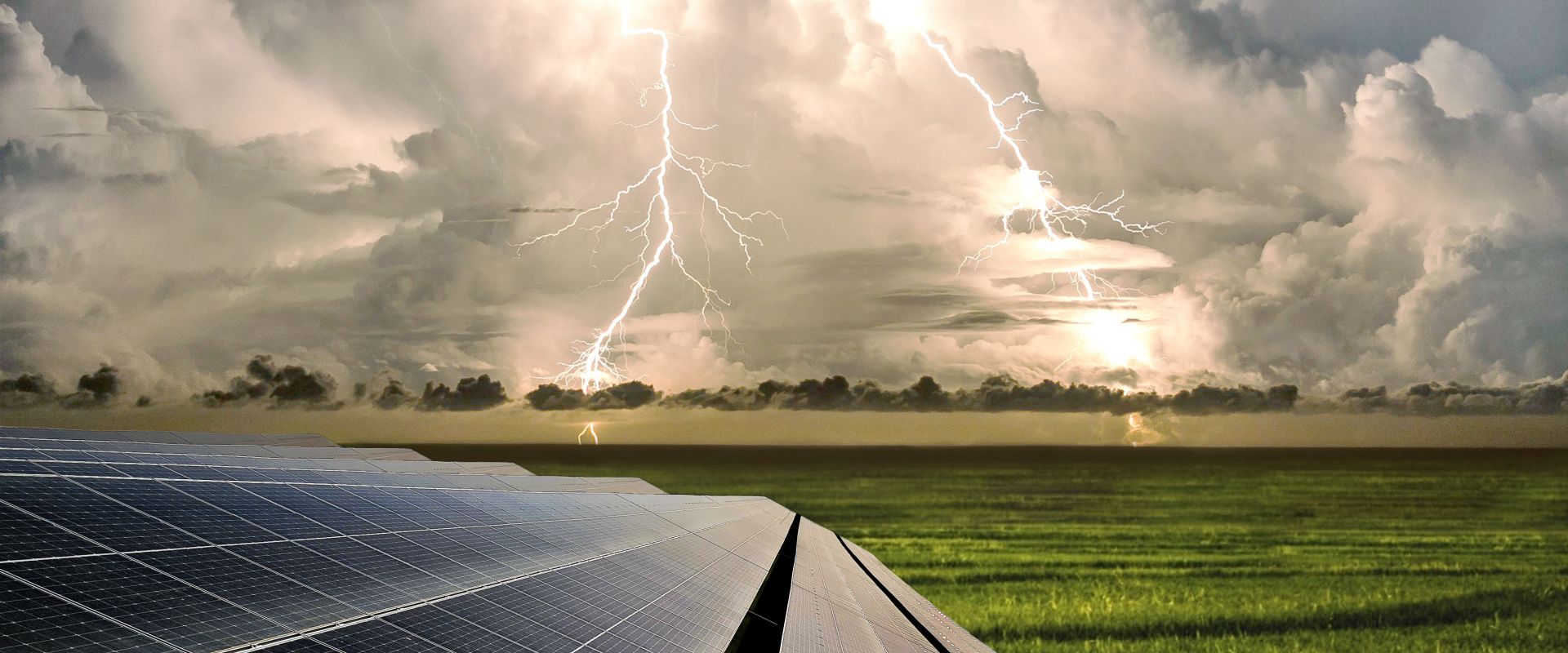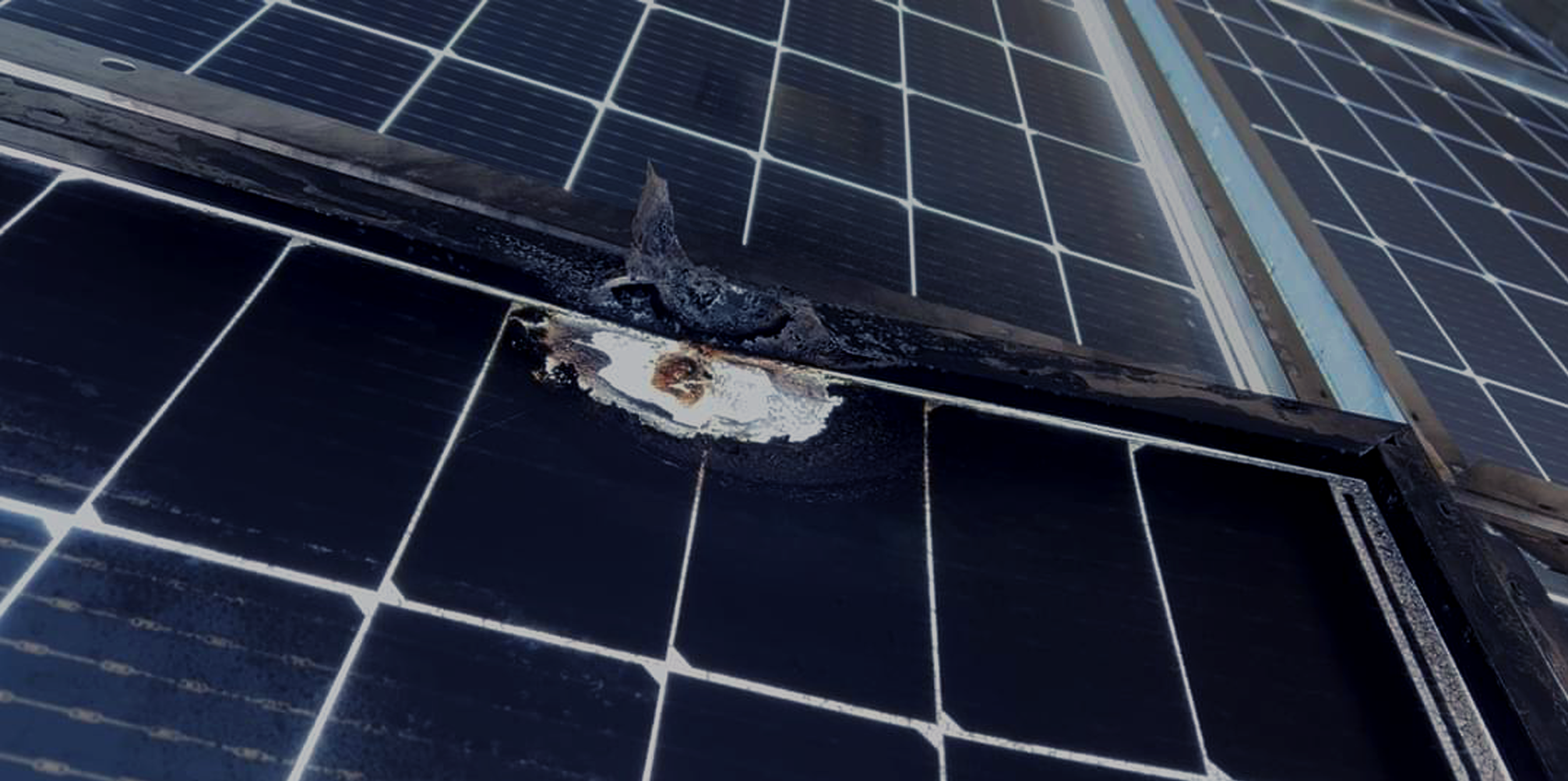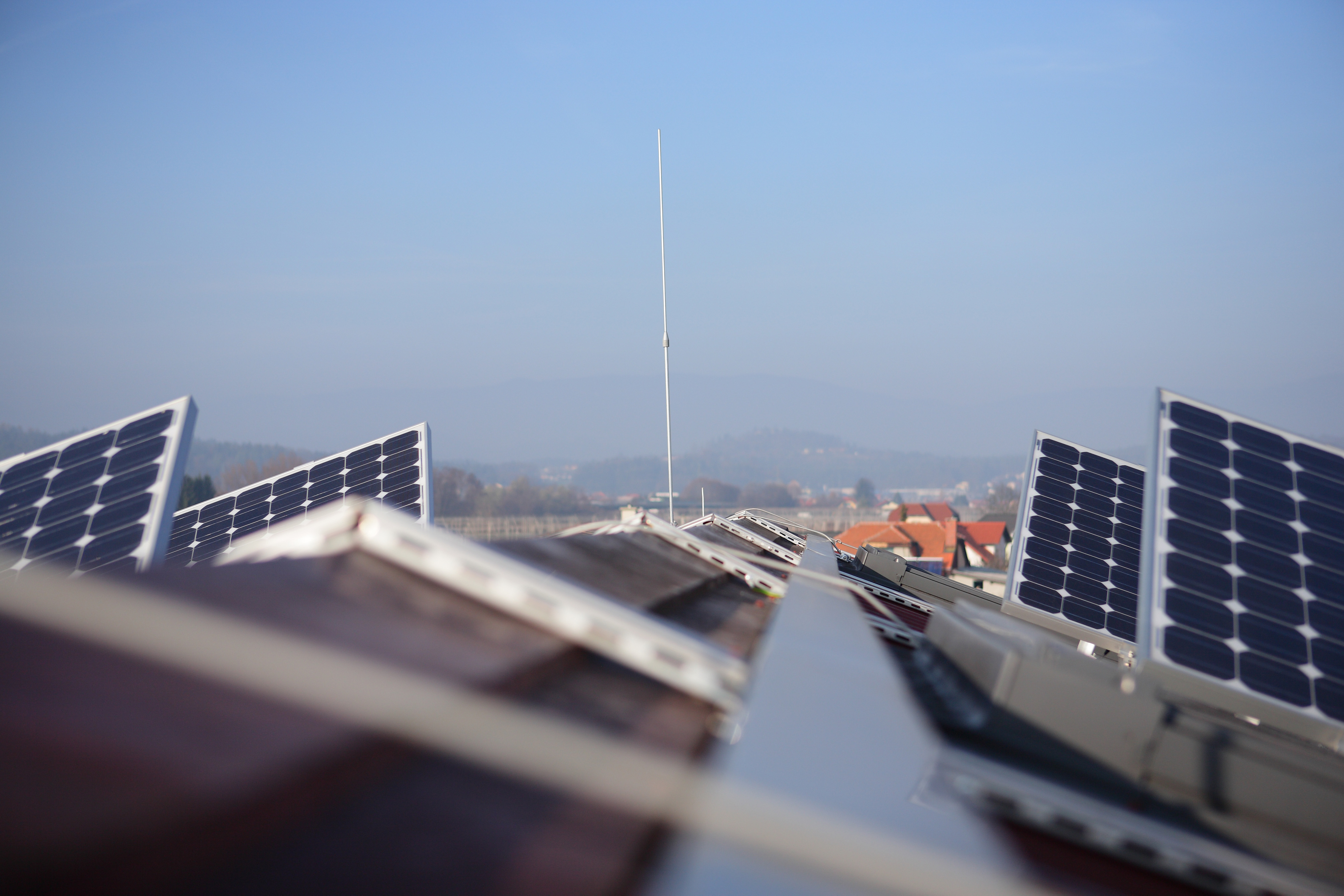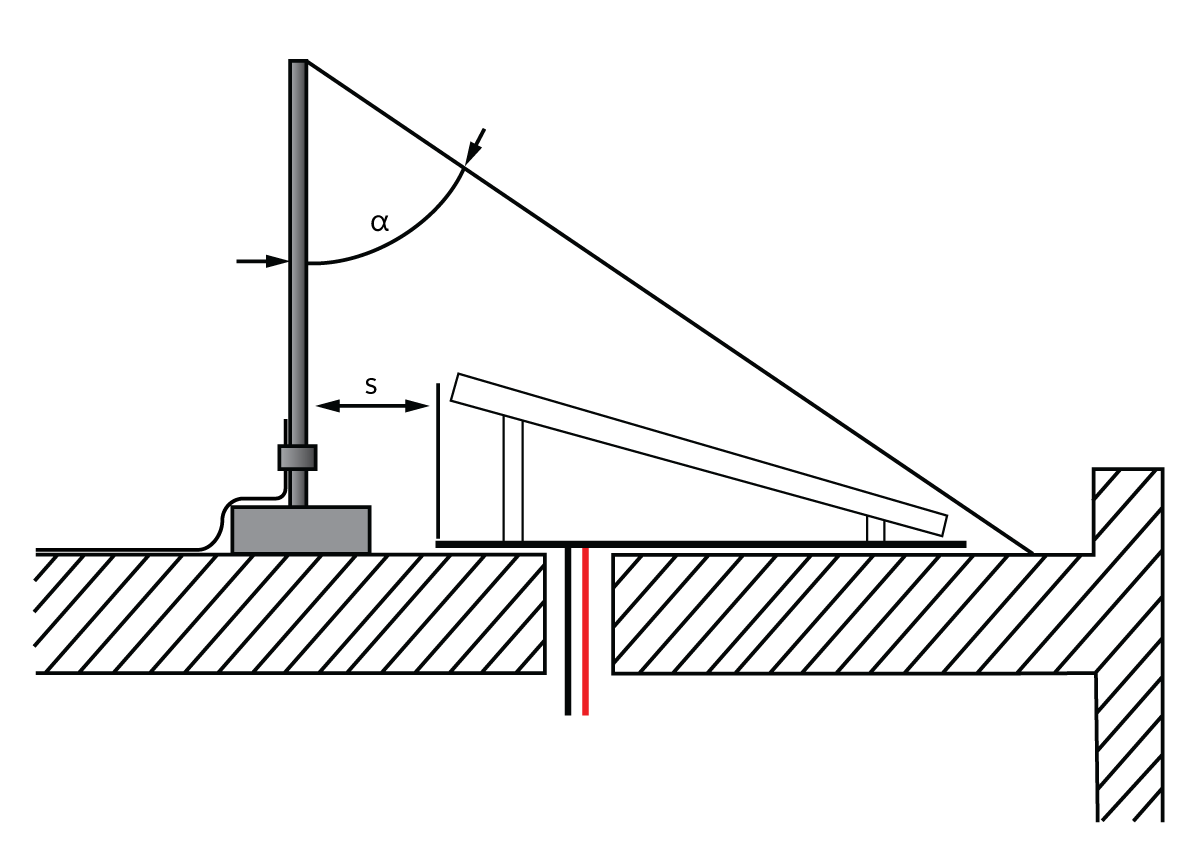Ensuring Optimal Protection for Solar Power Plants

The growing adoption of renewable energy sources has led to an increase in photovoltaic systems and larger solar power plants. In most cases, the goal is to maximize energy yield while minimizing investment costs by efficiently utilizing available space. However, what is often overlooked or neglected is the importance of adequate lightning and surge protection.
When solar power plants are installed, particularly on the roofs of existing buildings, it is crucial to assess the existing installations on and within the building, as well as the condition and performance of the lightning protection and earthing systems. Only with this knowledge and the right approach can a solar power plant be adequately protected to ensure uninterrupted power generation and prevent damage in the event of a direct or indirect lightning strike.

External Lightning Protection
Solar power plants are often situated in exposed locations, making them vulnerable to direct lightning strikes. Without adequate protection, the entire lightning current flowing through the mounting structure, module frames, and connecting cables can lead to the destruction of PV modules and the plant itself, with the risk of fire. Effective external lightning protection involves implementing an isolated protection system, such as a lightning conductor installation separated from the conductive parts of the solar power plant. A sufficient safety distance ensures that no flashover occurs during a direct lightning strike.

Internal Lightning Protection
In addition to external lightning protection, internal protection safeguards against induced voltages in connecting conductors, earth potential rise, and the effects of direct and indirect lightning strikes. Overvoltages pose a significant risk to electrical and electronic equipment, often resulting in damage to essential components of solar power plants, including modules, inverters, and control systems. Surge protection must adhere to EN 62305-4 standards, which define lightning protection zones. Proper equipotential bonding and the installation of appropriate surge protective devices (SPDs) are essential. The selection of surge arresters depends on the lightning protection zones (LPZs) and must be installed on both AC and DC circuits to ensure adequate protection.
Professional Design and Installation
Entrust the planning, dimensioning, and installation of your lightning protection system to the experts at Hermi! The location and layout of the solar power plant are critical considerations, as are the implementation options for suitable protection. High-quality and reliable lightning protection may be compromised by improper placement of solar modules or failure to account for lightning protection requirements. Additionally, the building materials and construction materials on which the solar power plant is mounted must be considered. Selecting appropriate fasteners, clamps, bonding clamps, lightning conductors, and other Hermi lightning components is essential. Surge protection should not be overlooked, as the quality and protection class of surge protectors are crucial factors. Despite the temptation to cut costs, investors must prioritize lightning and surge protection, as the consequences of neglecting protection measures can be severe, including damage to the solar power plant, building installations, or even fire outbreaks.


